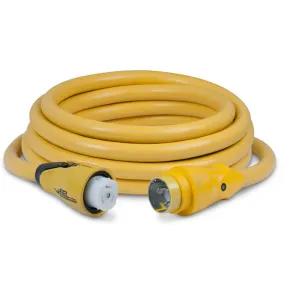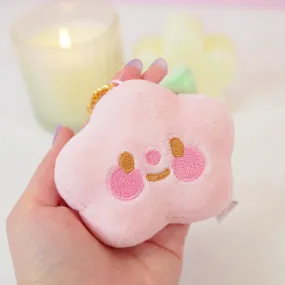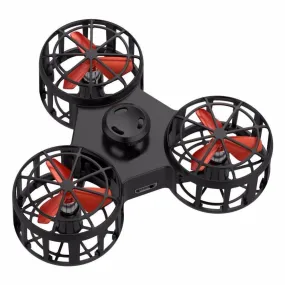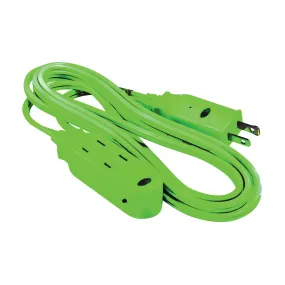In this picture book, Tim Fite answers peculiar questions about the world, such as why kids lose their teeth, why seals clap, and what is at the bottom of the ocean. It is a humorous and imaginative book for fans of Mac Barnett and Amy Krouse Rosenthal.
Format: Hardback
Length: 56 pages
Publication date: 27 April 2023
Publisher: Simon & Schuster
Prepare to be amazed as artist and musician Tim Fite takes you on a hilarious journey through a world of curious questions and refreshingly quirky answers in his delightful picture book, perfect for fans of Mac Barnett and Amy Krouse Rosenthal!
Why do kids lose their teeth?
Ah, the mysteries of childhood! The process of losing teeth is a fascinating one that many children eagerly anticipate. But why exactly do kids lose their teeth? Well, it all starts with the development of baby teeth.
When a baby is born, they have a total of 20 primary teeth, which are the first set of teeth that emerge in their mouth. These primary teeth are important for several reasons, including chewing and sucking. As the baby grows, these primary teeth gradually start to fall out, making way for the permanent teeth to come in.
The reason why primary teeth fall out is to make room for the permanent teeth to come in. The permanent teeth are larger and stronger than the primary teeth, and they need enough space to grow and develop properly. When a primary tooth falls out, the space it leaves behind is quickly filled in by the permanent tooth that is growing underneath it.
So, why do kids lose their teeth in such a seemingly random order? Well, it's actually not random at all. The order in which primary teeth fall out is determined by a few factors, including the size and shape of the child's mouth, the strength of their jawbone, and the development of their teeth.
For example, some children may lose their first tooth before they turn one year old, while others may not lose their first tooth until they are three or four years old. The reason for this variation is that each child's mouth is unique and may require different amounts of space for the permanent teeth to grow.
Another factor that can affect the order in which primary teeth fall out is the health of the child's teeth. If a child has poor oral hygiene or is prone to tooth decay, their primary teeth may fall out earlier than expected. This is because the decay can weaken the tooth and make it more susceptible to falling out.
So, while the process of losing teeth may seem mysterious, it's actually quite normal and part of the natural development of a child's mouth. And as children grow and their permanent teeth come in, they will be able to enjoy a whole new world of delicious foods and beautiful smiles!
Why do seals clap?
Ah, the wonders of the animal kingdom! One of the most intriguing questions that often comes to mind is why seals clap their fins. Seals are fascinating creatures that are known for their playful behavior and unique adaptations. So, what's behind the clapping sound that seals make?
The clapping sound that seals make is a form of communication. Seals use their fins to communicate with each other in a variety of ways, including mating, feeding, and socialization. Clapping is one of the ways that seals can signal their presence and communicate with other seals.
When a seal claps its fins, it creates a sound that is similar to a human clap. The sound is produced by the vibration of the water between the seal's fins and the air. The speed and intensity of the clapping can vary depending on the seal's mood and the context in which it is made.
One of the most interesting things about seal clapping is that it is not just a form of communication. It is also a way for seals to regulate their body temperature. Seals have a layer of fat that helps them to keep warm in the cold water, but this fat can also make them slow and cumbersome. By clapping their fins, seals can create a wave of water that helps to keep them afloat and move more quickly.
Another interesting fact about seal clapping is that it is not limited to just one species of seal. Different species of seals have different clapping patterns and sounds. For example, the fur seal has a distinctive clapping sound that is made by the vibration of the skin between the seal's fins.
Despite the fact that seal clapping may seem like a strange and unusual behavior, it is actually an important part of the seal's life. Clapping helps seals to communicate with each other, regulate their body temperature, and survive in the harsh environments of the ocean.
So, the next time you see a seal swimming in the ocean, take a moment to appreciate the beauty and complexity of their behavior. And who knows, maybe you'll even hear them clap their fins!
What is at the bottom of the ocean?
Ah, the mysteries of the deep blue sea! The ocean is a vast and mysterious place that has captured the imagination of humans for centuries. One of the most intriguing questions that has always fascinated us is, what is at the bottom of the ocean?
The ocean is the largest body of water on Earth, covering an area of approximately 361 million square kilometers. It is home to an incredible diversity of life, from tiny microorganisms to massive whales. The depth of the ocean varies greatly, with the deepest point being the Challenger Deep, which is located in the Mariana Trench in the Pacific Ocean. The Challenger Deep is approximately 11 kilometers deep and is the deepest point on Earth.
Despite the incredible depth of the ocean, very little is known about what lies at the bottom. The pressure at the bottom of the ocean is immense, reaching up to 1,000 times the pressure at the surface. This pressure makes it difficult for humans to explore and study the bottom of the ocean.
However, scientists have been using various tools and techniques to explore the depths of the ocean. One of the most common tools used is a submersible, which is a vehicle that can travel to the bottom of the ocean. Submersibles are equipped with cameras and other sensors that allow scientists to capture images and data of the ocean floor.
One of the most interesting discoveries made by scientists in recent years is the existence of deep-sea vents. Deep-sea vents are areas of the ocean floor where hot water and volcanic gases rise from the Earth's mantle and mix with the cold water of the ocean. These vents are rich in nutrients and support a diverse range of life, including bacteria, fungi, and other microorganisms.
Another discovery that has been made at the bottom of the ocean is the presence of giant squid. Giant squid are the largest animals on Earth and are known for their incredible size and strength. They are found in the deep waters of the ocean and are known to attack and consume other animals, including smaller squid and fish.
Despite the incredible discoveries that have been made at the bottom of the ocean, there is still much to be learned. The ocean is a vast and complex environment that is still largely unexplored. Scientists are continuing to use new tools and techniques to explore the depths of the ocean and discover the secrets that lie hidden beneath the surface.
In conclusion, the bottom of the ocean is a fascinating and mysterious place that has captured the imagination of humans for centuries. While much is still unknown about what lies at the bottom, scientists are continuing to explore and discover the secrets of the deep blue sea. The discoveries that have been made so far have been incredible, and it is clear that there is still much more to be learned about this incredible environment.
Weight: 488g
Dimension: 213 x 281 x 15 (mm)
ISBN-13: 9781665918312











![Fireboy-Xintex DC Voltage Reducer [CNV-12-1] Fireboy-Xintex DC Voltage Reducer [CNV-12-1]](https://www.familysafetye.shop/image/fireboy-xintex-dc-voltage-reducer-cnv-12-1_6tqpdk_285x.webp)



